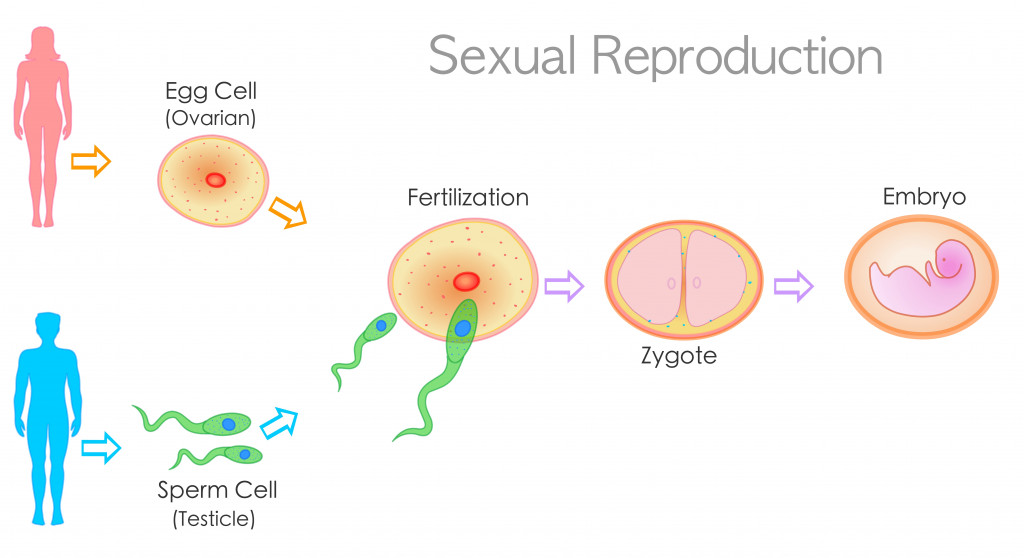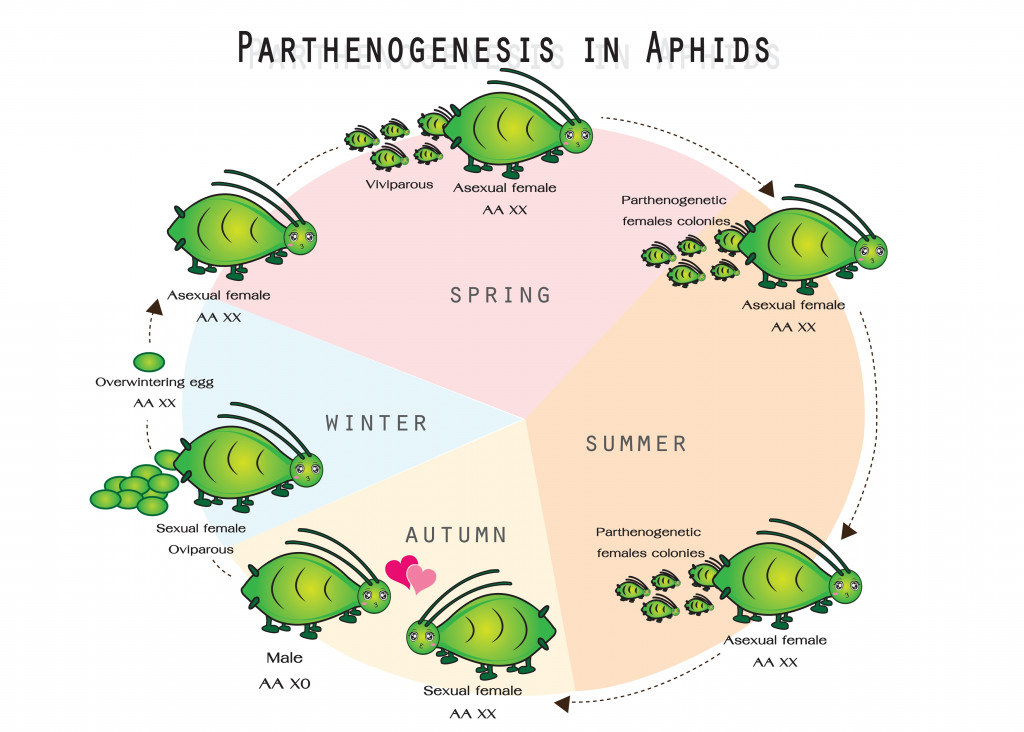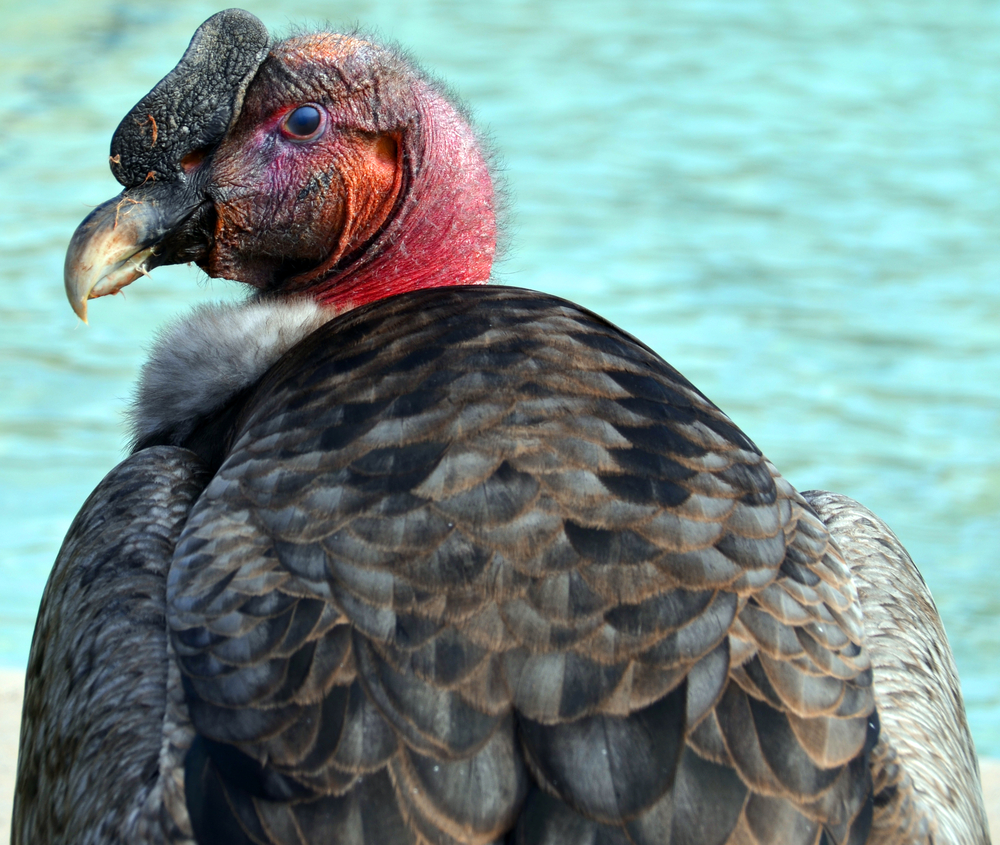Table of Contents (click to expand)
Virgin birth is the layman’s term for parthenogenesis. It is a process in which a female can develop an embryo without the help of sperm. Scientists have found parthenogenesis in reptiles, amphibians, fish and birds, but not in humans.
Procreation is the essence of our existence. Generally, when we speak of procreation, we first think of sexual reproduction. This is obvious, as it is the most common form of reproduction in both animals and plants. On the flip side, there is asexual reproduction, like in bacteria. They undergo division to form daughter cells through binary fission.
However, there is another method to both sexual and asexual reproduction—a “Virgin Birth”. The first and only account of a “virgin birth” in humans found in literature is the birth of Jesus Christ. The concept of a virgin birth might sound like a mythical story out of ancient folklore, but it is evident in some animals. Over the years, sporadic instances of virgin births have been observed in animals.

Parthenogenesis: What Is A “Virgin Birth”?
A virgin birth is the layman’s term for parthenogenesis. It is a process in which a female can develop an embryo without the help of sperm. Several species of insects, plants, birds and fishes can reproduce via parthenogenesis. The individual resulting from the development of an unfertilized egg is known as parthenogenone or parthenogen.
Also Read: Parthenogenesis: Can Animals Reproduce Offspring Asexually?
Is Parthenogenesis Asexual Reproduction?
Parthenogenesis is a distinct form of asexual reproduction. In asexual reproduction, cell division of non-sex cells (or in scientific language, mitosis of the somatic cells) of the parent produces a new individual. On the other hand, parthenogenesis requires the formation of egg cells. In a way, it is an incomplete form of sexual reproduction.
Also Read: Are There Any All-Female Species In The Wild?
Parthenogenesis Vs Hermaphroditism
Hermaphroditism can sometimes be confused with parthenogenesis. Hermaphrodites are organisms that have both male and female sex organs. Some hermaphrodites are capable of self-fertilization. However, contrary to parthenogenesis, self-fertilization occurs due to the fusion of male and female gametes.
How Does Parthenogenesis Work?
Coming back to the basics of reproduction, there are two main ingredients required to produce offspring by sexual reproduction: a sperm and an egg cell. Both of these cells are haploid, which means that each cell contains half the genetic information required to create a new individual.

The ovaries produce egg cells through a form of meiosis called oogenesis to form four daughter cells. One of them is a mature, haploid egg cell (ovum). The remaining three smaller cells are polar bodies. The sperm fertilizes the ovum to form an embryo. However, in the case of parthenogenesis, the body comes up with new ways to replace the genes provided by the sperm.
Pathways Of Parthenogenesis
There are two ways in which parthenogenesis can occur: Apomictic and Automictic parthenogenesis.
In apomictic parthenogenesis (apomixes), the unfertilized egg produces offspring via mitotic cell division. The offspring produced by apomixes is genetically identical to the parent, almost like a clone. It is commonly seen in invertebrates like rotifers and major groups of arthropods.
In automictic parthenogenesis (automixis), the egg fuses with the polar bodies to restore its diploidy, which means that the cell returns to the state of having two sets of chromosomes. In this process, the offspring is a “half-clone”, as they are similar, but not exact clones of the mother. This is commonly found in plants and sharks.

Types Of Parthenogens
A parthenogenetic species will either be an obligate or facultative parthenogen. Certain species of reptiles, like snakes, exclusively reproduce by asexual means. This process is known as obligate parthenogenesis, whereas in bees, the egg will either fertilize by sperm or develop by parthenogenesis. When a female can reproduce either sexually or via parthenogenesis, it is known as facultative parthenogenesis.

Organisms like aphids or trematodes can alternatively reproduce by parthenogenesis, followed by sexual reproduction. Such species display cyclic parthenogenesis.
Why Do Some Animals Undergo Parthenogenesis?
The reason why some animals display parthenogenesis isn’t necessarily the absence of a male. A study recently discovered parthenogenesis in a Californian Condor, which had access to males of her species.

Parthenogenesis is a pretty rare event in birds. It is mostly observed in domesticated turkeys and chickens who are separated from males. However, in this case, the condor females had access to fertile male condors, yet they displayed parthenogenetic reproduction. The scientists found two female Californian condors that gave birth to offspring with no male genetic DNA. All genetic markers were inherited only from the mother.
On the contrary, a captive yellow-bellied water snake gave birth to offspring, despite having no contact with a male of the same species in eight years. Her body might have decided to take matters into its own “hands” and reproduce by parthenogenesis.
Although the snake’s baby didn’t survive, this occurrence disproved the existing theory of such birth during captivity. The theory had been that female animals could reproduce by parthenogenesis, despite being away from males, due to their ability to store sperms. However, in this case, the water snake was isolated for far too long to be able to store sperm.
Is Parthenogenesis Possible In Humans?

Most mammalian embryos created by artificial parthenogenesis have died during the gestation period. An experiment conducted on mammals (mice) suggests that paternal contribution is crucial for an egg to develop into an embryo. This is because a mammalian embryo requires the correct combination of genetic material from the mother and the father to survive.
Both sperm and egg cells have a unique set of genetic imprints. This means that certain genes remain dormant in sperm, but work in eggs and vice-versa. 30 genetic imprints work only if they come from the sperm. Similarly, there are another 30 genetic imprints that are active if they come from the mother. Hence, the genetic imprints from the father prevent parthenogenesis in mammals.
Even if parthenogenesis were possible in humans, conceiving a son is highly unlikely, as compared to a daughter. The reason behind this is the absence of Y chromosomes in females. The mother cannot transmit the Y chromosome essential to form a male offspring. Thus, if a human were to reproduce by parthenogenesis, the resulting offspring would only be a daughter.
Conclusion
In cases where a species experiences a rapid decline of population or have been isolated from fertile males, parthenogenesis is the last hope for the species’ survival. Whereas, in cases like that of the condor, parthenogenesis might simply be a part of natural progression.
The scientists are still not sure how the phenomenon of “virgin birth” originated or how many species are capable of displaying such natural “miracles”. There is clearly still a lot to be discovered about parthenogenesis, but there are plenty of great minds on the case!
How well do you understand the article above!

References (click to expand)
- Mittwoch, U. (1978, June 1). Parthenogenesis. Journal of Medical Genetics. BMJ.
- SIMON, J.-C., DELMOTTE, F., RISPE, C., & CREASE, T. (2003, May 7). Phylogenetic relationships between parthenogens and their sexual relatives: the possible routes to parthenogenesis in animals. Biological Journal of the Linnean Society. Oxford University Press (OUP).
- van der Kooi, C. J., & Schwander, T. (2015, August). Parthenogenesis: Birth of a New Lineage or Reproductive Accident?. Current Biology. Elsevier BV.
- Is virgin birth possible?, News, La Trobe University - www.latrobe.edu.au
- F Guide —. VIRGIN BIRTH TICKS: Is that really a thing? – TickEncounter. The University of Rhode Island
- In Nature, Virgin Births Are Pretty Common | Smart News. Smithsonian
